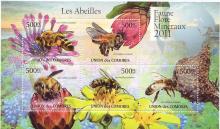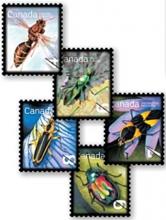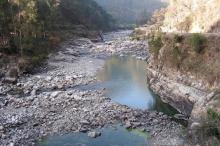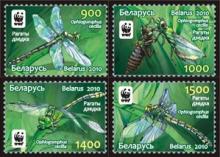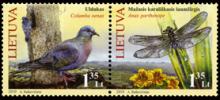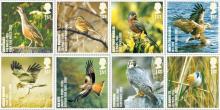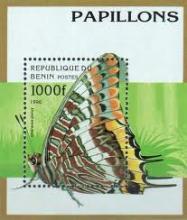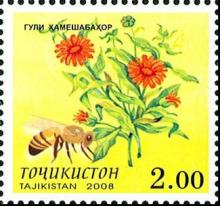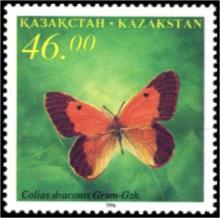Un nouveau livre sur les causes de la mort des abeilles et des oiseaux en Europe
Le premier novembre paraîtra le livre du toxicologue hollandais Dr Henk Tennekes, „A disaster in the making“ qui traite des causes de la mort des oiseaux et des abeilles dans toute l’Europe. Le Dr Tennekes y montre que le recul considérable de nombreuses populations avicoles est lié à la décimation que les pesticides infligent aux insectes. Les populations de coléoptères, mouches, papillons et teignes, dont se nourrissent les oiseaux, ont reculé principalement en raison de l’emploi des néonicotinoïdes. Le premier producteur de néonicotinoïdes, parmi lesquels les molécules actives imidaclopride, thiaclopride et clothianidine est la firme Bayer Cropscience. L’imidaclopride passe pour le pesticide le plus vendu dans le monde, et la société Bayer en a retiré pour la seule année dernière 606 millions d’euros. La clothianidine, également produite par Bayer, avait provoqué il y a deux ans la mort à grande échelle des abeilles d’Allemagne du Sud. Le Dr Tennekes exige une interdiction immédiate de ces traitements: « Les risques qu’entraînent des pesticides tels que l’imidaclopride et le thiaclopride sont énormément sous-estimés. Une catastrophe environnementale nous menace et la firme Bayer en est responsable. Il faut à mon avis interdire de toute urgence les néonicotinoïdes si l’on ne veut pas voir les abeilles et les oiseaux continuer à s’éteindre. »

